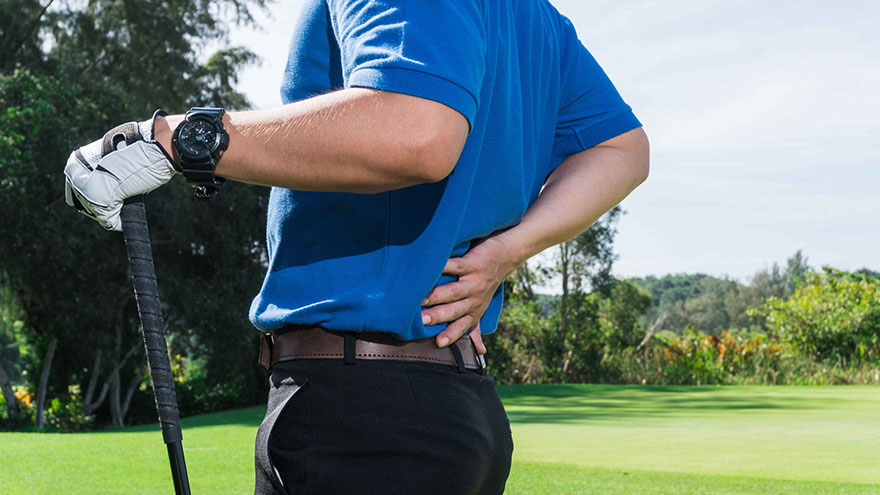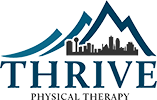Understanding and Treating Lower Back Pain in Golfers

Lower back pain is the most common reason people visit their doctor, and it’s especially prevalent among golfers. In fact, a study by The Titleist Performance Institute (TPI) found that 28% of golfers experience back pain after a round of golf. That means, statistically, one person in your foursome will likely deal with back pain by the end of the game.
Why Golfers Get Lower Back Pain
Back pain can come from many different factors. Often, the body starts to adjust its normal movement patterns because of problems elsewhere. These changes, along with the repetitive, high-speed motions in a golf swing, can lead to lower back problems over time. Think of it like a buildup of small stresses, like the straw that breaks the camel’s back.
When evaluating golfers, the focus should extend beyond just the lower back. A comprehensive approach includes assessing the hips, ankles, mid-back (thoracic spine), shoulders, and core stabilization. Many times, limitations in these areas cause the lower back to overcompensate, contributing to pain. By addressing the whole body, the root cause of the pain can be identified, rather than simply treating the symptoms.
Why Treating the Root Cause Is Key
If the real cause of your lower back pain isn’t addressed, the pain will likely come back. The key to long-term relief is addressing the limitations that cause strain on the lower back, such as tight hips, limited mobility in the mid-spine, or stiff shoulders. Correcting these areas helps to reduce the strain on the lower back and prevents future pain.
Restoring Normal Movement and Strength
After addressing the movement limitations and improving stability around the spine, hips, and shoulders, the next step is building strength. However, this is not the end of the process. Once movement patterns are corrected, it’s important to train the body to move efficiently.
For example, if a car has new rotors and brakes installed but the driver doesn’t learn how to use them properly, the new parts will wear out quickly. Similarly, retraining muscles to perform movements correctly helps restore pain-free movement and prevents injuries in the future.
Getting Back to Your Golf Swing
Once mobility, stability, and movement efficiency are restored, the focus can shift to the golf swing. Certain swing flaws can place extra stress on the spine, but correcting these issues will allow golfers to safely play, pain-free. As these improvements are gradually reintroduced into the swing, golfers can confidently get back to enjoying the sport.
For golfers experiencing lower back pain, seeking a trained physical therapist specializing in golf-related injuries can help restore function and improve performance. Give us a call at 865-392-1033 or click here to set an appointment to get yourself back in the game, pain-free.
OUR SERVICES
MAKE AN APPOINTMENT
To experience the Thrive difference, please contact us today and schedule your appointment. You do not need a doctor’s referral to start Physical Therapy!
